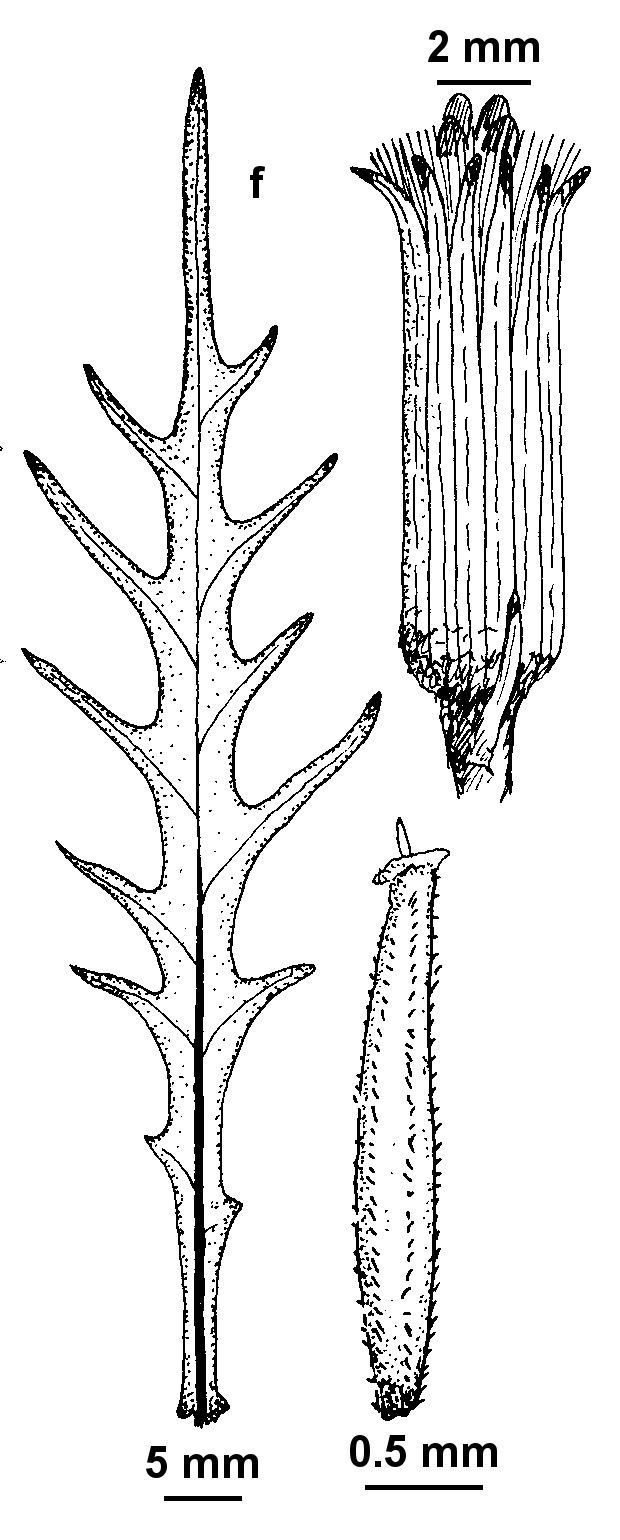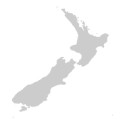Senecio diaschides
D.G.Drury Erect GroundselErect perennial or annual herb, not or hardly branched below inflorescence, to c. 1.2 m high, glabrous or young growth sparsely and minutely pubescent. Leaves sessile, sometimes auriculate, oblong or narrow-oblanceolate, 6–18 cm long, 4–25(–50) mm wide, the lower largest, coarsely and usually evenly dentate, or pinnatisect, the upper reduced, linear, distantly serrate or entire. Inflorescence corymbose, typically 2–12 cm across, with c. 10–25 capitula per corymb; capitula non-radiate; involucre cylindric, 5–6 mm long, glabrous; bracts 8 or 9(–11); bracteoles present; florets 8–16(–21), bisexual and unisexual. Cypselas fusiform, c. 2.5 mm long, brown, broadly ribbed, papillose-hairy in intervening grooves; pappus of slender hairs 3.5–5 mm long, deciduous. Flowers Nov.–Apr.
GipP, EGL, EGU, HSF, HNF, VAlp. Also WA, Qld, NSW, ACT. New Zealand (?naturalized). In Victoria apparently confined to river valleys in the east, with records from along the Avon, Macalister, Murrindal, Buchan and Snowy Rivers, commonly occurring in sand or amongst rocks near the watercourse.
Walsh, N.G. (1999). Senecio. In: Walsh, N.G.; Entwisle, T.J., Flora of Victoria Vol. 4, Cornaceae to Asteraceae, pp. 941–965. Inkata Press, Melbourne.
 Spinning
Spinning



